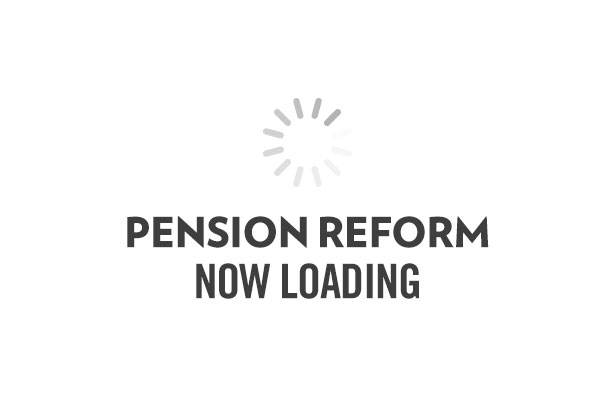Media

Only Six Months in and Pension Reform Is Already Making a Difference
Planting a fruit tree. Saving up for a cruise. Raising kids.
Good results take time and patience. That’s definitely been true for pension reform.
Passed back in 2017, the impacts from Pennsylvania’s landmark reforms are just beginning to show. January 1 marked the rollout of the new retirement options for the State Employees Retirement System (SERS), including a defined contribution plan that takes the risk off taxpayers and two hybrid defined contribution and defined benefit plans. Preliminary data1 up through May 14 provides some insight into early trends.
Overall, the defined contribution plan is the most popular among existing employees opting into the new options. Of the 68 current employees who switched, 93% chose the defined contribution plan. For new employees, only 2% chose a defined contribution plan and the rest selected a hybrid option.
The same pattern emerged with the legislators. Of those who opted into a new plan, all chose a defined contribution plan. Of the lawmakers sworn in since January 1, all of them chose a hybrid option.
The relatively small number of employees selecting the defined contribution plan is not surprising considering it is brand new and a comparison provided by SERS of all three plans uses misleading assumptions. The comparison makes it appear as though the new retirement will be significantly smaller than the pension option when in actuality they are quite similar.
The new retirement options offer more flexibility to employees, while still securing a comfortable future. With the previous pension option, employees were only eligible for benefits after 10 years of employment. For employees who may move around, a defined contribution or hybrid option makes the most sense, so they don’t forfeit all their savings.
Most of Pennsylvania’s pension debt is contained in SERS and the Pennsylvania State Education Retirement System or PSERS. The latter began opting into these new plans on July 1st, and preliminary data from those employees will provide a more complete picture of future trends.
The new plans could help Pennsylvania avoid more dramatic reductions in pension benefits, which have been approved in Oregon and been considered in New Jersey and Illinois. These states have all had to revise existing pension benefits in order to prevent crises. Pension promises cannot overrule financial realities.
Prior to reform, SERS operated a defined benefit2 pension plan that had accumulated over $20 billion in debt as of December 2018. Pension reform simply mimicked the cost-saving actions of the private sector by moving away from defined benefit towards defined contribution3 and hybrid plans.4.
Chart: Public v. Private Retirement
Switching to these options is expected to save both SERS and PSERS between $8 billion and $20 billion over the next 30 years. But we can do better—pension reform will be most effective if we move entirely to defined contributions. Additionally, a plan to address existing debt is needed to bring Pennsylvania and its employees to a place of financial stability and future security.
1. The Commonwealth Foundation completed a Right to Know request from SERS. Retirement plan selection data is taken from those results unless otherwise noted or linked.
2. Defined as “a pension or guaranteed monthly payments for life.”
3. Defined as an option that allows you “to choose your own investments and assume the risk.”
4. Defined as “a combined retirement benefit, which includes a pension and investment plan.”